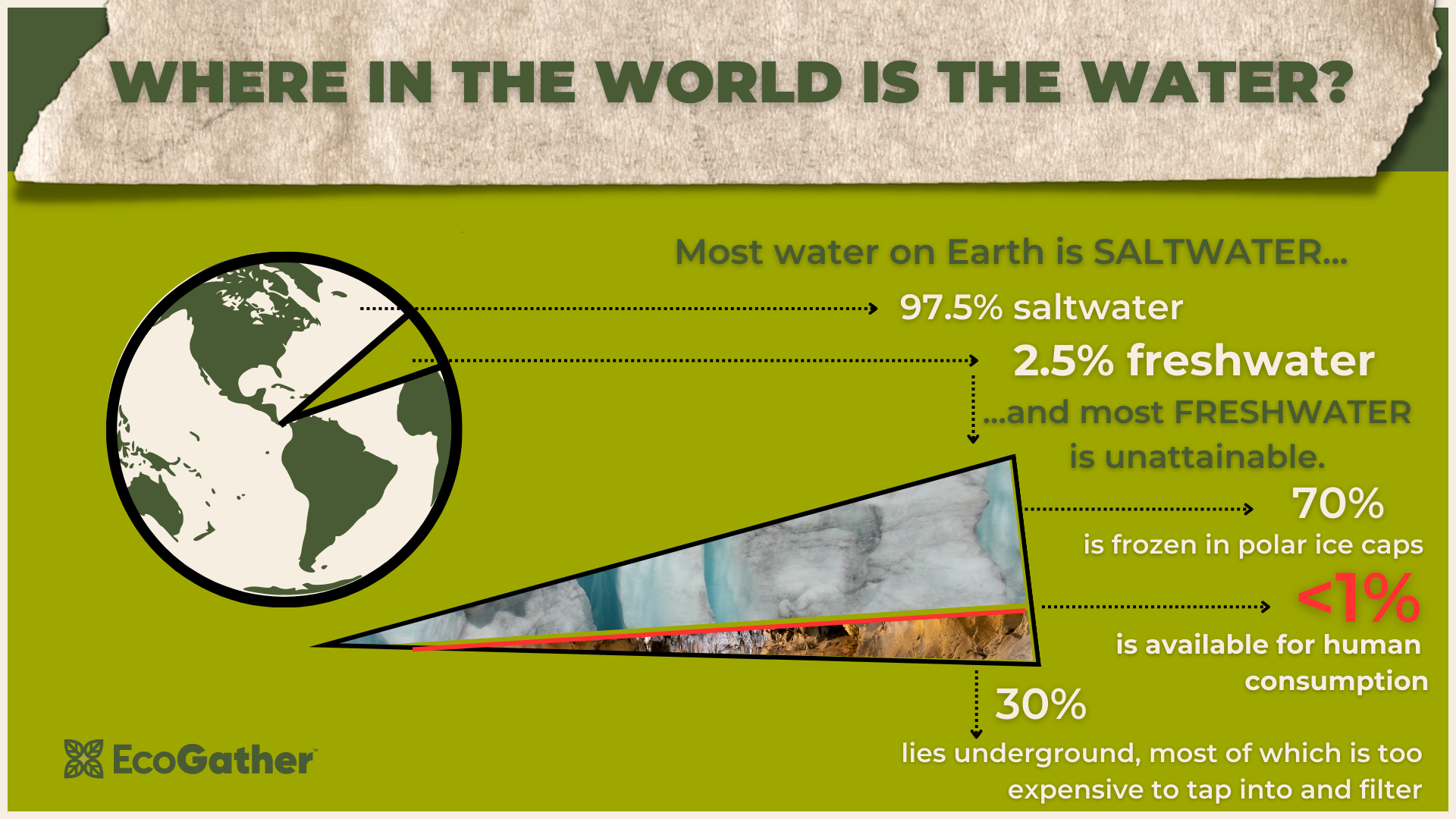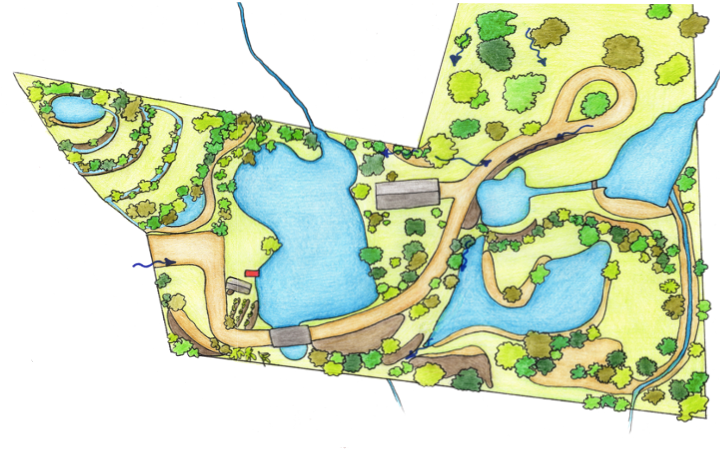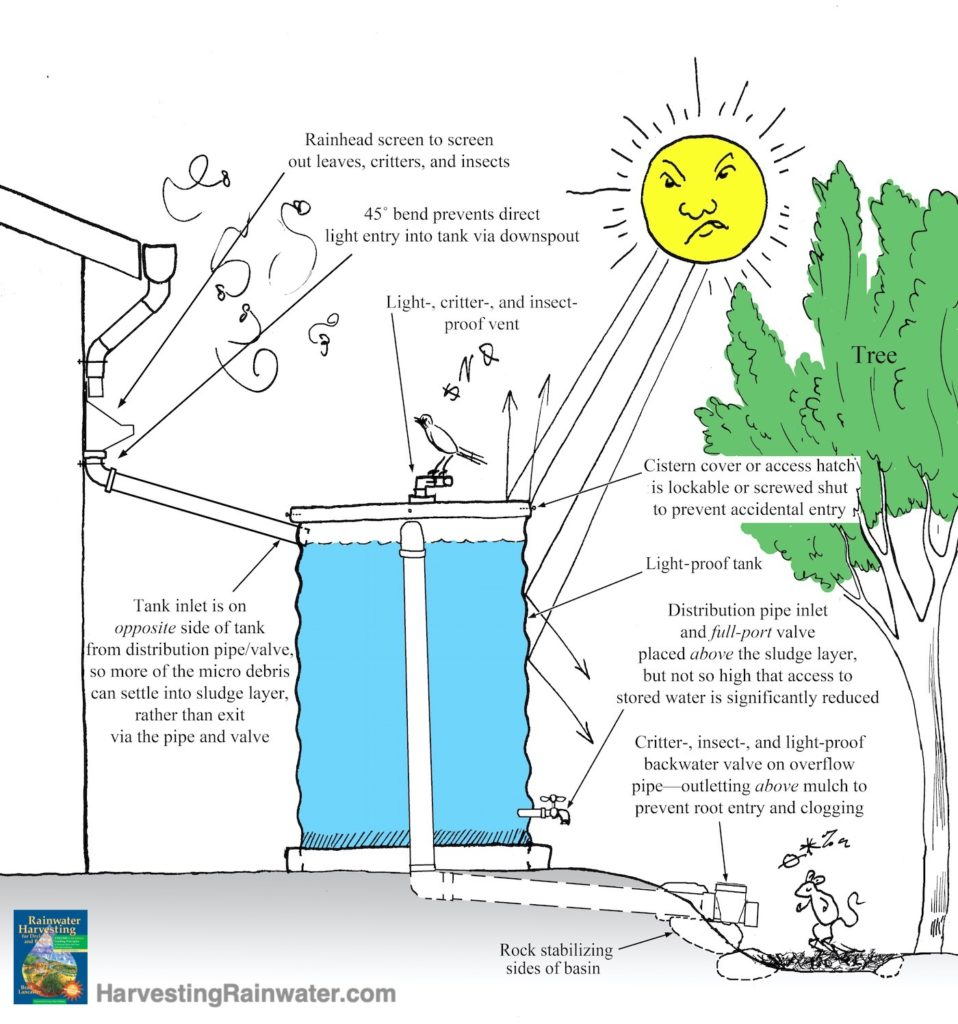Exploration

Where does water come from, and how much of it can we actually drink?
At first glance, there seems to be an abundance of water in the world. More than 71% of the earth’s surface is covered by water, but only a small fraction can be consumed. The water that is accessible for us to consume looks more like this:

In the diagram above, we can see a breakdown of the water available in the world. Almost 98% of the world’s water is salt water. Saltwater refers to water that has a significant amount of dissolved salts in it (around 33-37% per liter), like waters in oceans and seas. Because of the presence of salt, this type of water is not ideal for human consumption. For it to be adequate for consumption, it must undergo several energy-intensive treatment processes to remove the salt content. In this video, on desalination, you can find more information about the specifics of these processes. Though desalination can be a solution for water access, it is not a viable universal solution as it depends on economic and geographical factors. Fresh water on the other hand, has very little salt dissolved in it. This makes fresh water easier to process for human consumption. This type of water can typically be found inland, in bodies of water like lakes, rivers and aquifers. This means that out of the 71% of water that covers the earth’s surface, only very little is available to us. Though very little water is available for human consumption, water is still considered a renewable resource. Why is that?
The Water Cycle
Even though there are bodies of saltwater and freshwater, all of them are connected through the water cycle. The water cycle is the way in which water moves through the world. Water has unique properties that permit it to go from liquid to vapor to solid state. In general, the way the cycle functions is that the sun heats up liquid water turning it into vapor- this process is called evaporation. This vapor travels to a high altitude in the atmosphere where the cold temperature causes the vapor to condense, forming clouds. Eventually, these clouds cause precipitation, as the water returns to liquid state and returns to lakes and streams as rain. We can appreciate this process in this video and the diagram below:

However, in reality the water cycle is much more complex. Water in the soil and plants also plays a huge role in this cycle. The vapor that plants and soil liberate account for 15% of the world’s vapor! Moreover, plant systems and soil health are also key for replenishing underground sources of freshwater. Human activities in the world have a huge impact on the functioning of this system. Because of the effects generated by the climate crisis, and its causes like rampant deforestation, the way water moves through our world has also begun to change. The diagram illustrated in this article shows some of the consequences of impacting this cycle, which can be traced to changes in climate (like increased temperatures), land cover (like deforestation), and water use (like the unregulated extraction of groundwater).
Water is essential for life Now that we have an overview of where water comes from, it’s important to reflect on how important water is a resource. However, as we discussed above, fresh water is the ideal water that is safe and feasible for human consumption. But currently the world is facing a scarcity of freshwater. In this video, you can find a short introduction of this problem at a global level.
In the video we can see how our individual habits can contribute to the fresh water scarcity problem. But broader challenges like the climate crisis and reckless development are affecting the water resources from where we source the fresh water that we use in our homes. This means that the scarcity of fresh water also affects how we function as a society. We are experiencing the impact of the climate crisis on fresh water access in a variety of ways, from droughts to major floods and power outages, which all affect freshwater distribution channels.
Case Study: How human development contributed to a major drought
Currently, the USA’s southwest is facing a 23 year long drought. Right now, the Colorado River is dwindling, and the nation’s largest reservoir is drying out. In this article by Vox, you can learn about how human activities largely contributed to the freshwater crisis in this region and its impact on the food distribution system across the USA.
From the example of the Colorado River, we can begin to understand how the challenge to fresh water access not just affects us at an individual level, but also impacts larger systems like food production. Because water is essential for life, the effects of inaccessible freshwater echo throughout all aspects of our lives. This also means that water access and social justice issues are intensely entangled.
Case Study: “Being without water is total chaos”: In the aftermath of a major hurricane, the lack of access disproportionately affected women
In 2017, Hurricane Maria hit the island of Puerto Rico. Hurricane Maria was the most intense atmospheric event to hit the island in the past century. Its effects were catastrophic on infrastructure, particularly the already weak power grid distribution system. It took close to six months after the hurricane to restore power to the whole island. Because of the lack of power, water distribution systems were not functioning. People were then left without power or running water in their homes. Now that we have talked about the importance of freshwater for all our daily activities. You can imagine the impact of not having running water in your home for months at time. However, these impacts mostly affected women. Learn more about these impacts in this report.
How can we catch our own water?
Before we learn how to collect our own water, it is important to note, that is some regions, collecting rainwater may be regulated, with certain rules, or illegal altogether. So, before you commit to building a complicated passive or active water collection system, check with your local laws and regulations. Here is an example guide for the United States on the legality of rainwater collection, by state.
There are many different ways to store water for human or natural uses. The systems we use to catch and store the water can be passive or active.
- Passive systems are those that do not require consistent human interaction to function. They are integrated into the landscape and ecosystems, and rely on natural infrastructure like earthworks to meet their goal of storing or directing water. Some examples of passive systems include: ponds, swales, terraces and others. This image is an example of an integrated passive water harvesting system. Water flows from through the different paths towards ponds, and later garden beds. The arrows illustrate the movement of water throughout the different ponds, swales and terraces, all the way to rivers that connect to these systems.

- Active systems are those that rely on human-made infrastructure and require consistent upkeep for the functioning of the systems. These systems do not function until there is human intervention. A classic example of an active system is a rainwater-harvesting cistern connected to a roof, shown in the image below.

